PacificEthnoExp. Part III. American SamoaMapAugust 22–24, 2013 Nautical etiquette requires flying a courtesy flag from the starboard spreader (the right side of the crossbar on the mast) when in foreign waters. The same spreader is used to fly a yellow quarantine flag, which signals that the vessel is awaiting clearance. You can fly whatever you want from the port spreader, even the flag of Antarctica. 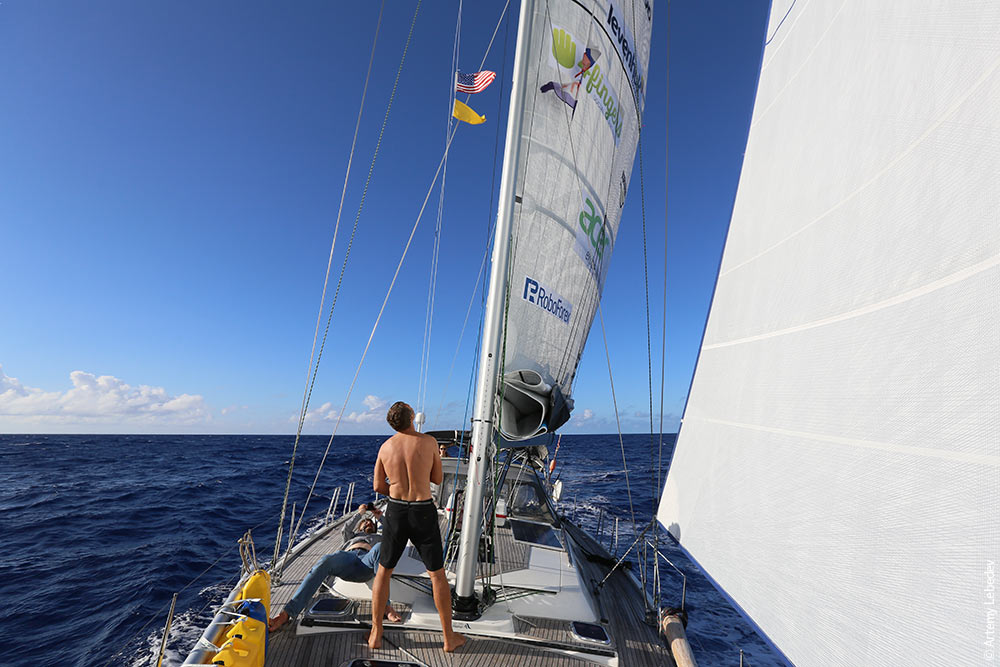 Every country and every port has its own clearance rules. In American Samoa, they let you come ashore and give you a hand-drawn map that shows how to get to the immigration office. So you can take a walk around the city in indeterminate status before checking in. * * * There are two McDonald’s restaurants on the island. It’s particularly nice to run into something so familiar in the middle of the Pacific Ocean. I have no idea how much effort it must take to maintain two full-fledged locations here. I guess it’s a point of honor: since this is a US territory, its residents must be provided with Big Macs for sustenance. 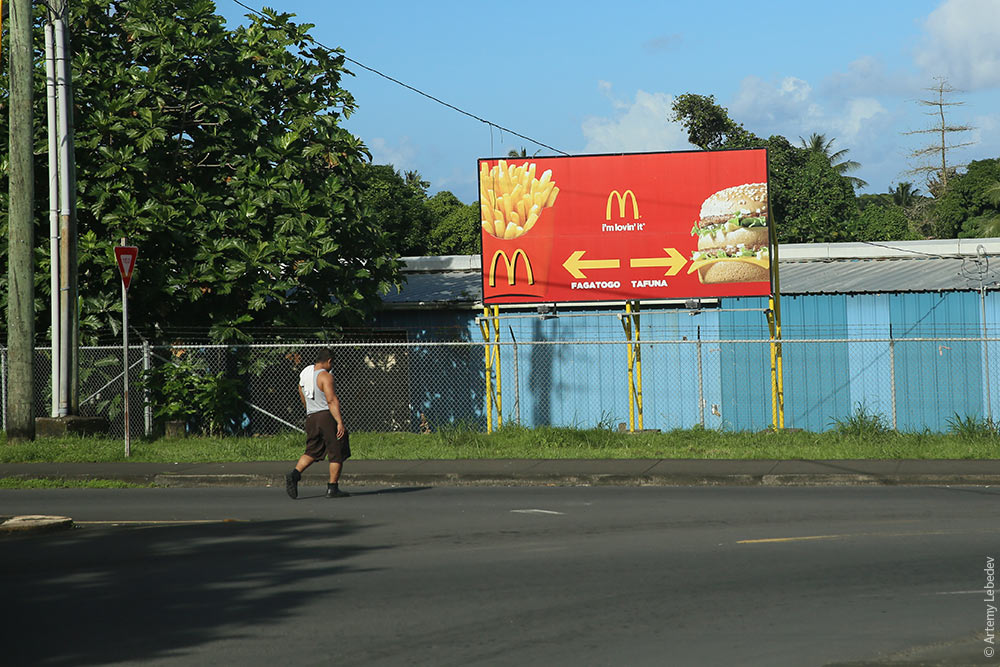 The Pago Pago port occasionally receives cruise liners as big as the city itself. 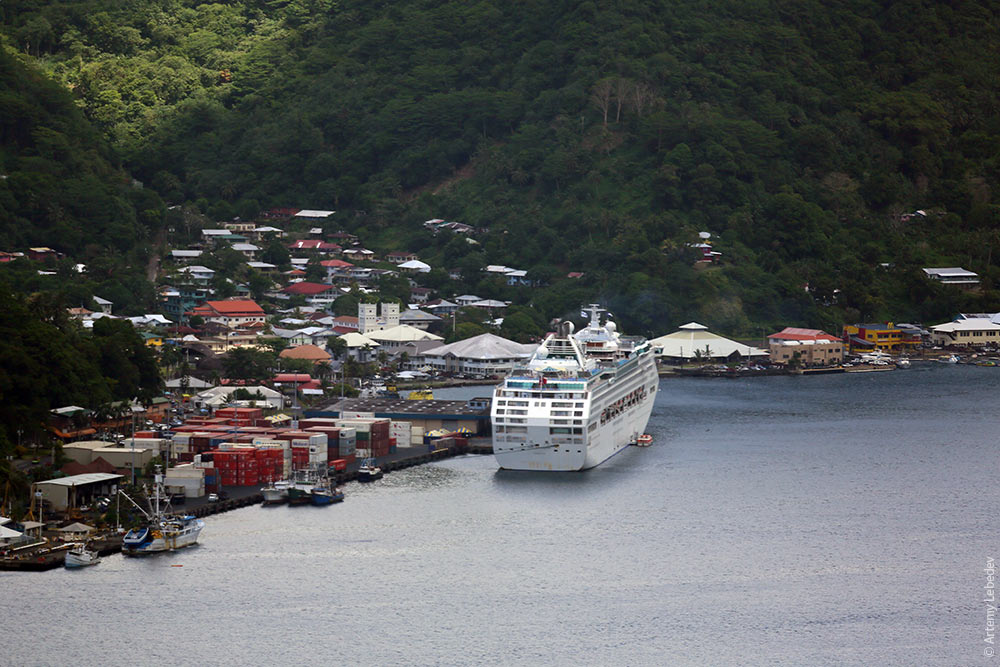 Overall, everything here is like in the US. The payphones are the same. 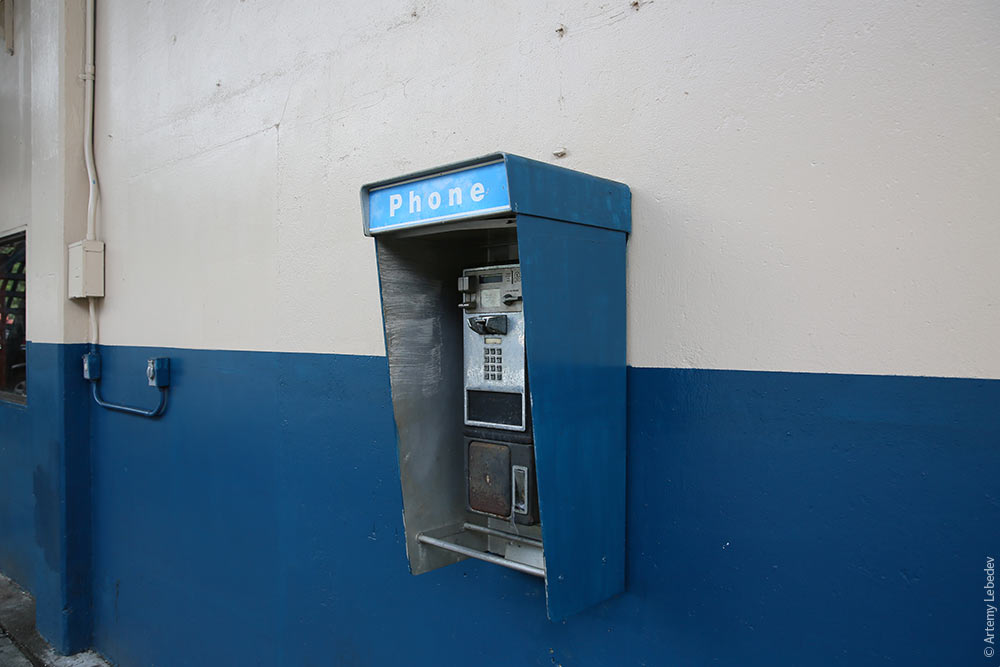 The post office is a US one. 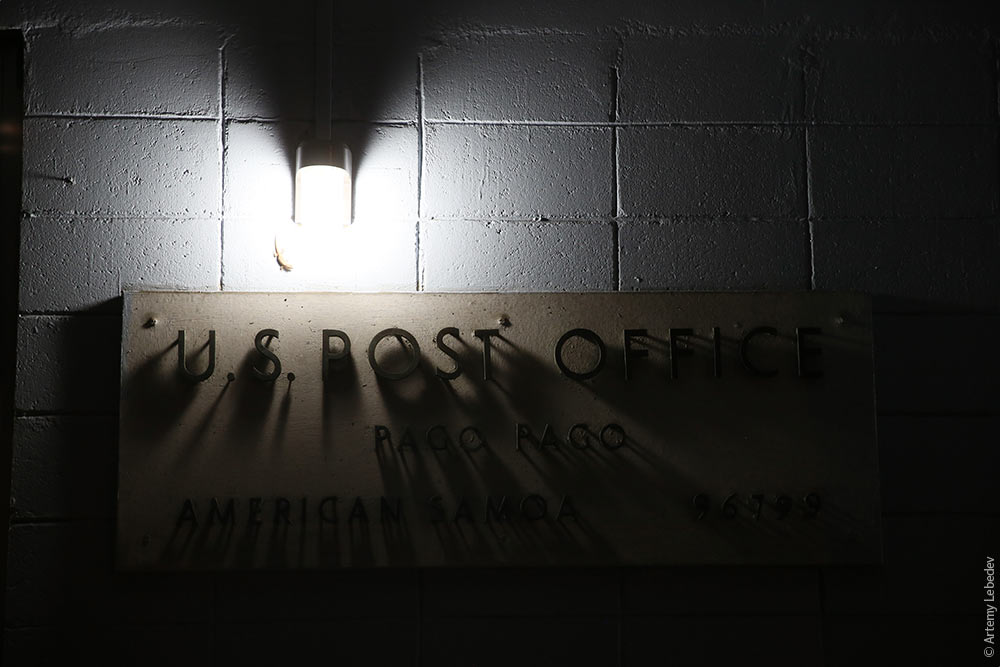 The license plates have pictures on them, like all US state plates. 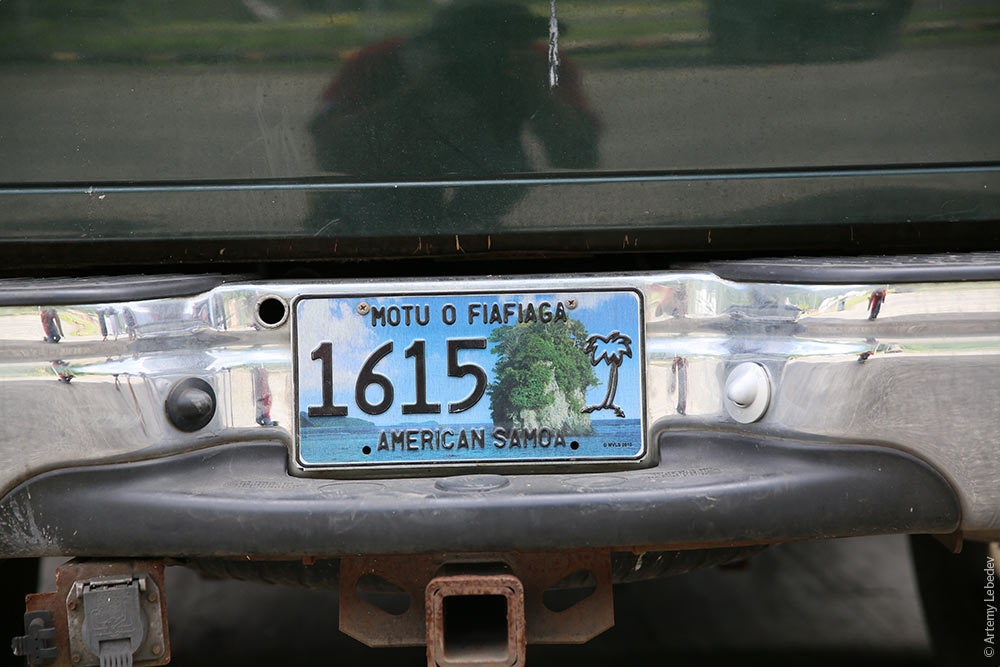 One billboard urges drivers to refrain from causing traffic fatalities in 2011. 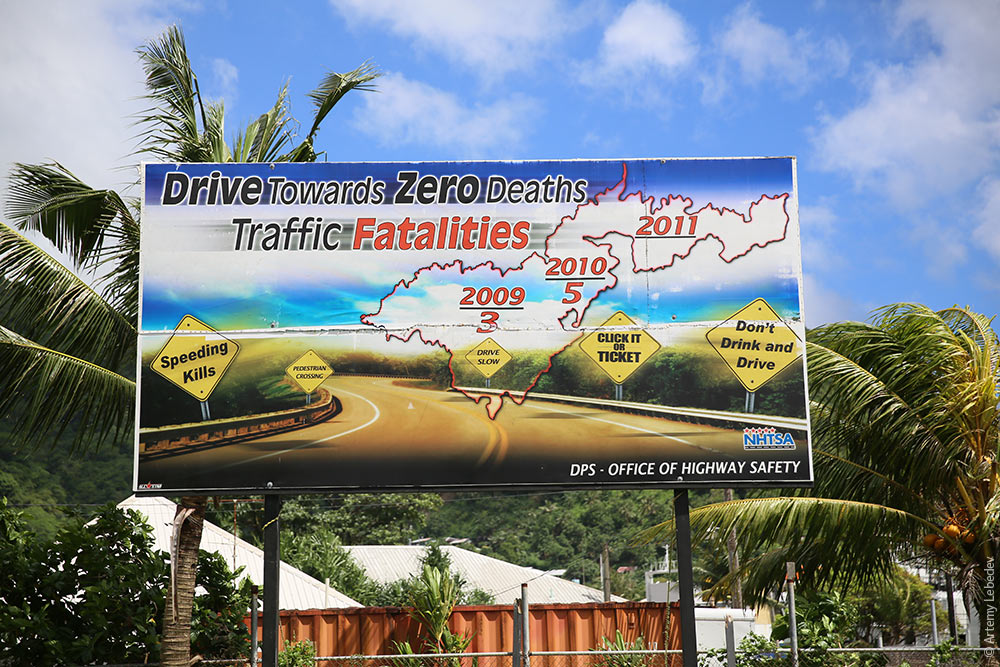 Another billboard explains what to do during an earthquake. 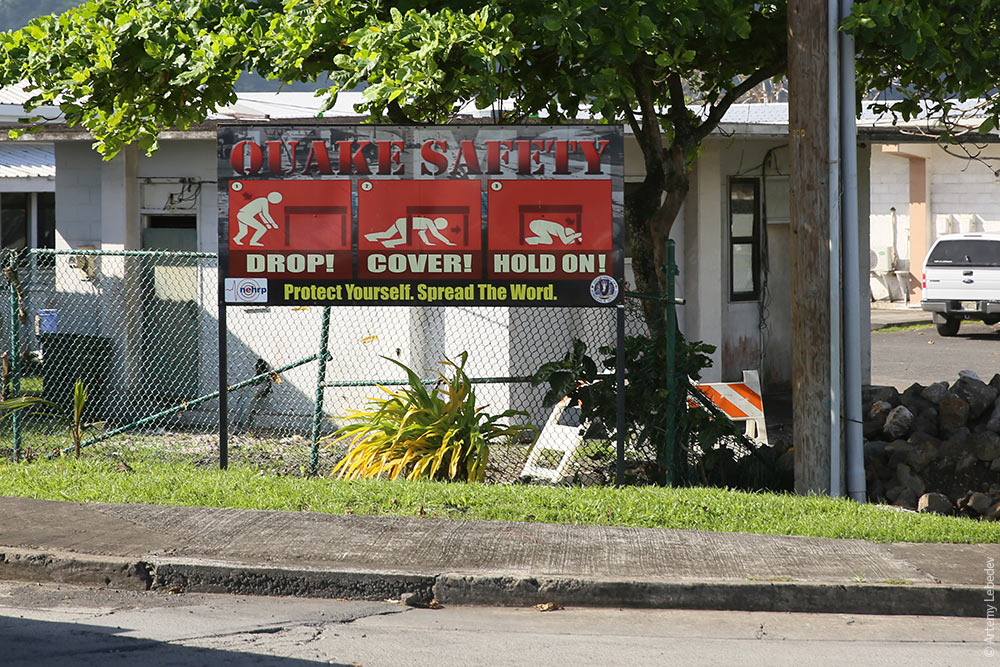 Half the population lives on food stamps (like in the Northern Mariana Islands or any poor area of the United States). 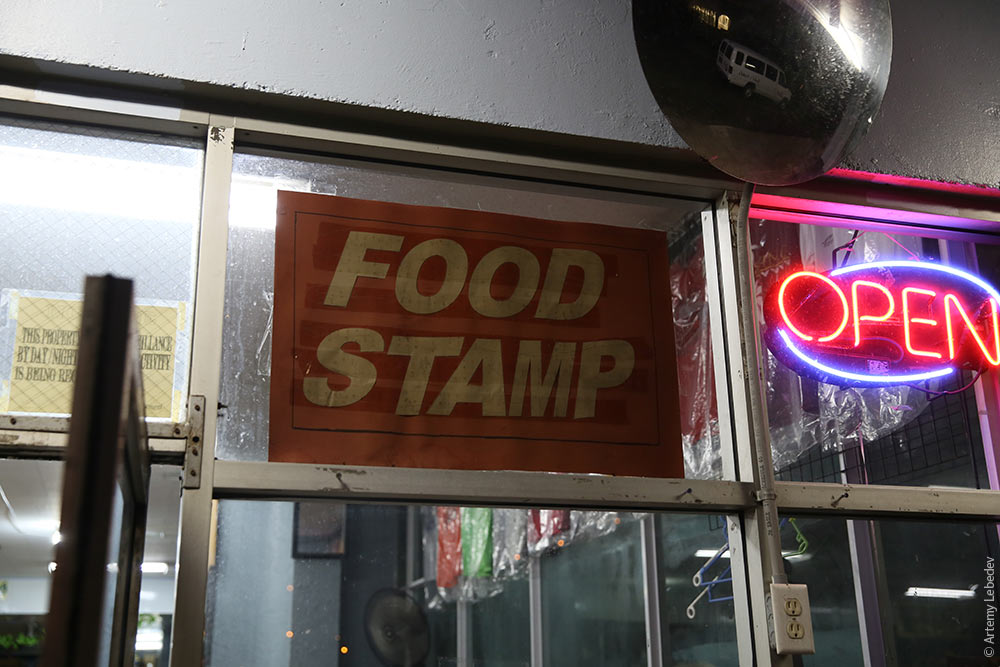 The Samoan fire hydrant looks like a caterpillar under a microscope—warty and ugly. 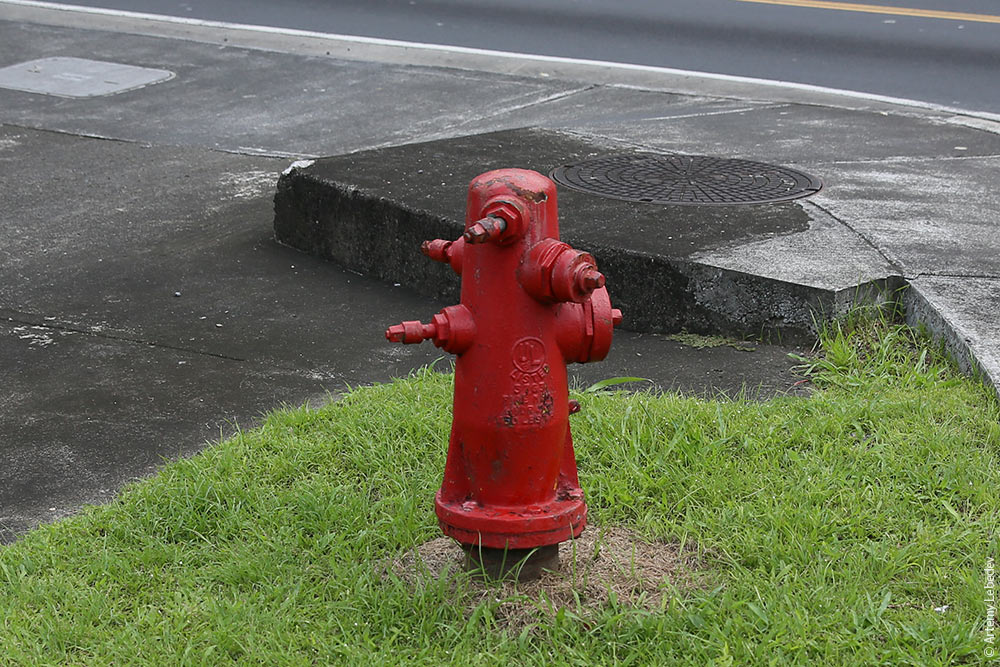 Samoan women, on the other hand, are magnificent. 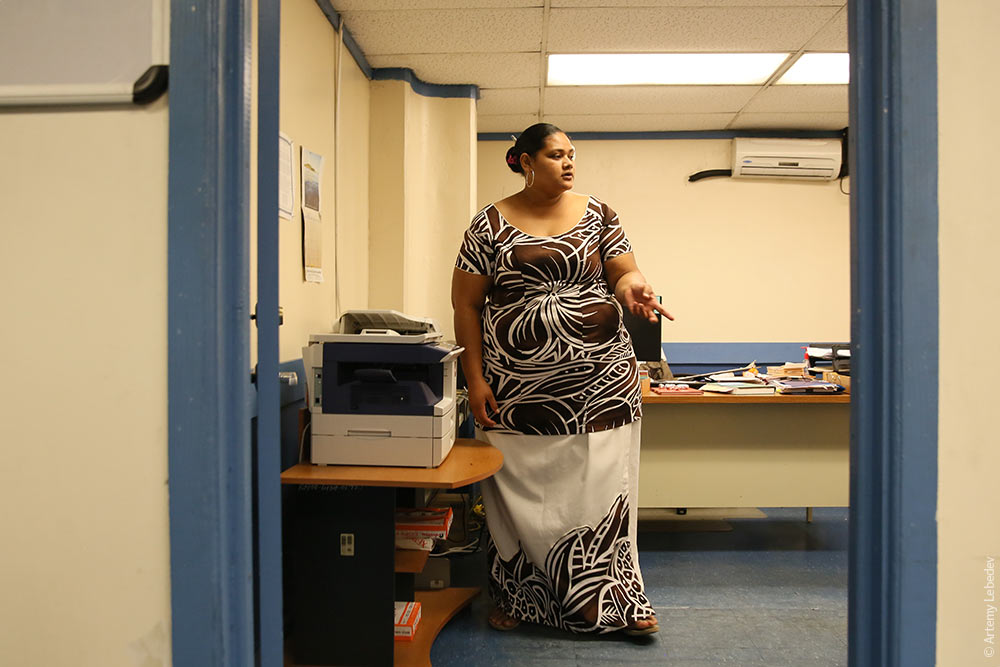 Ninety percent of the island’s population suffers from obesity, thanks to an unhealthy diet and a sedentary lifestyle. It’s a big problem. 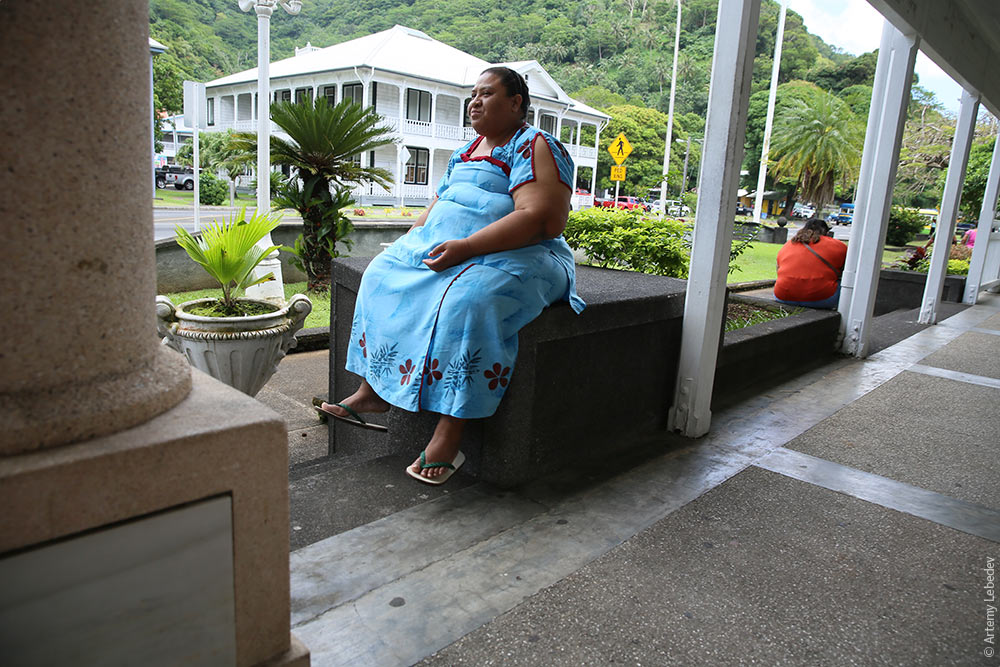 Run over there in case of a tsunami. 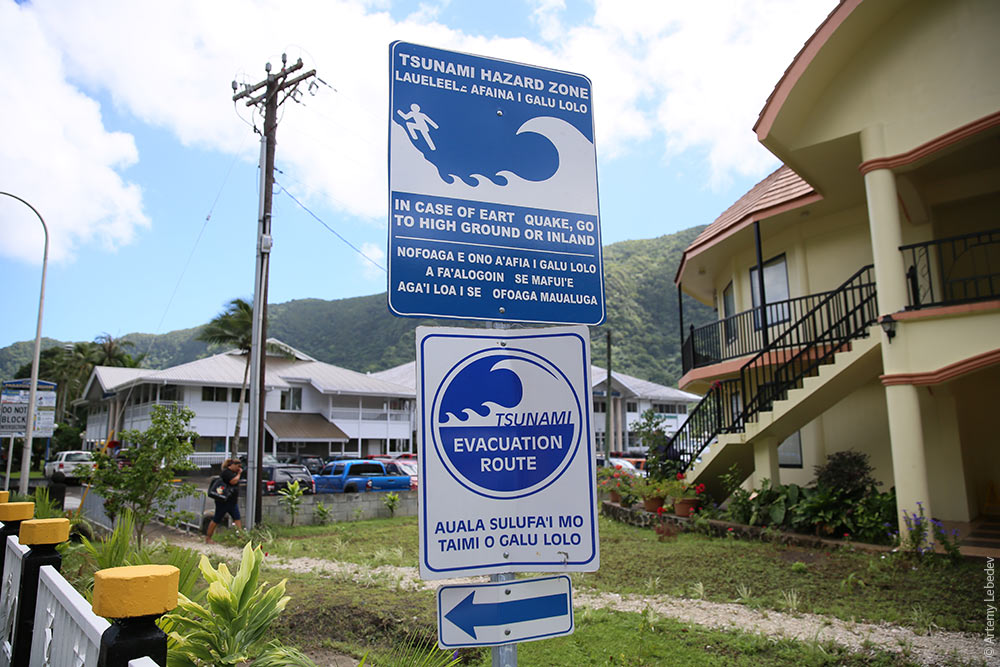 The trash dumpsters are gigantic. 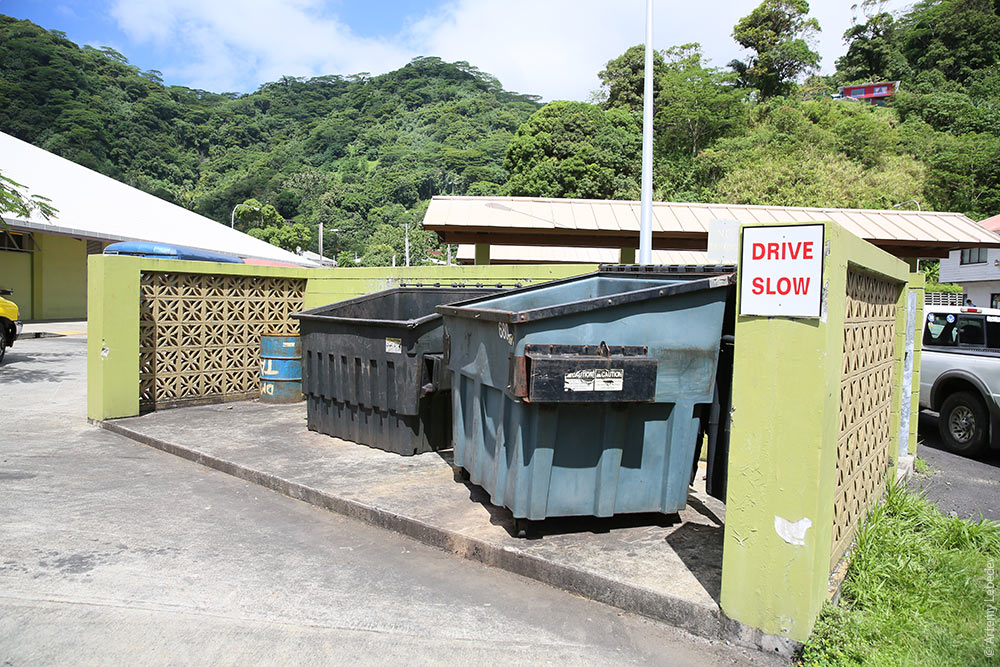 Because the island is essentially a cliff jutting out from the ocean, there’s only one highway here, which more or less runs around the perimeter. The cliff is unsuited for life, all it does it take up the entire area of the island. 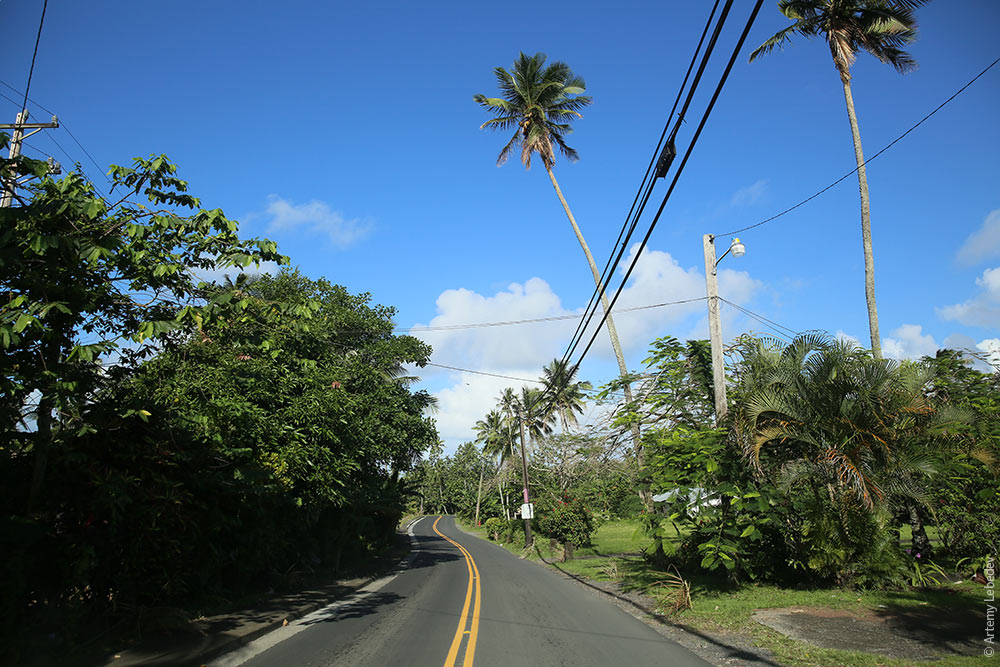 There you are, driving along, when all of a sudden—"Timber!" Trees are being felled right onto the highway. 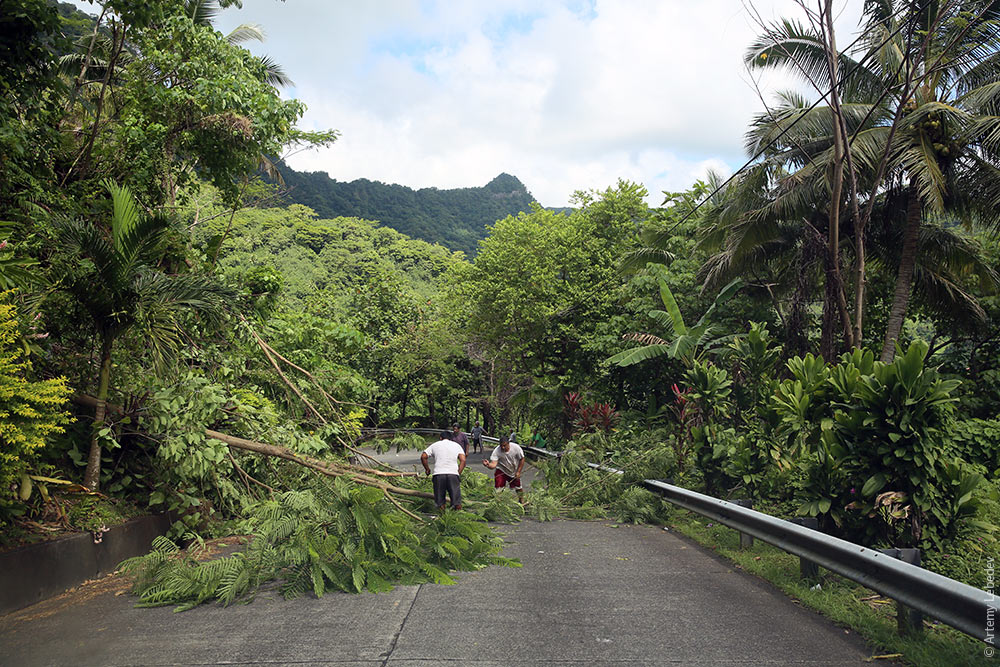 The roadside is decorated with old tires turned into flower planters (like in Tonga or Zvezdny). 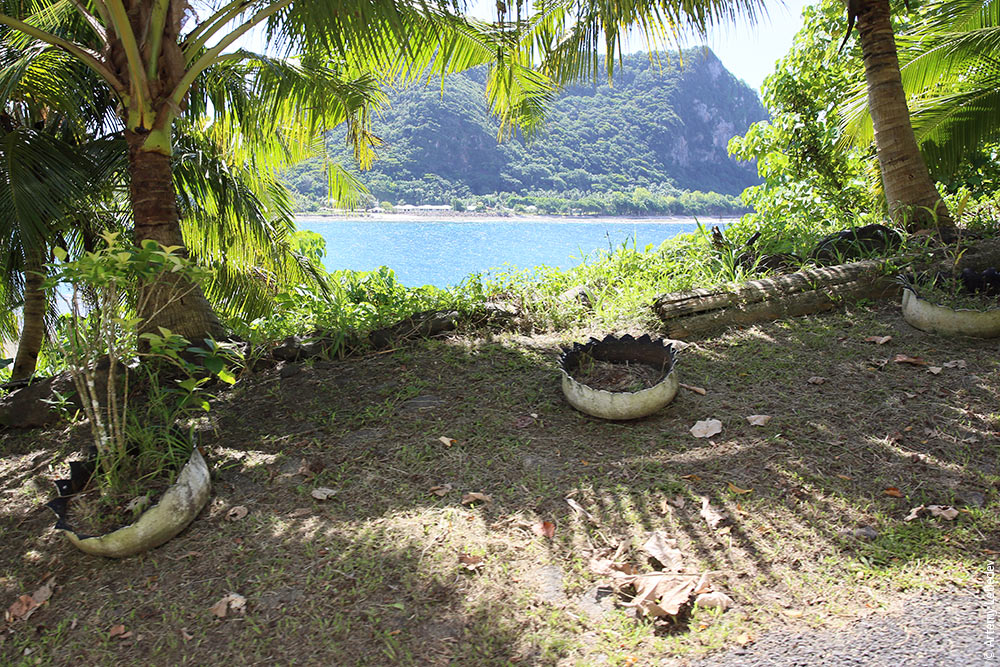 The clan or family is the principal unit of Samoan society. Each clan has its own gathering place—a sort of open veranda with a large number of columns to support the roof.  There are fairly big and original plastic coffers for electrical equipment all over the island. 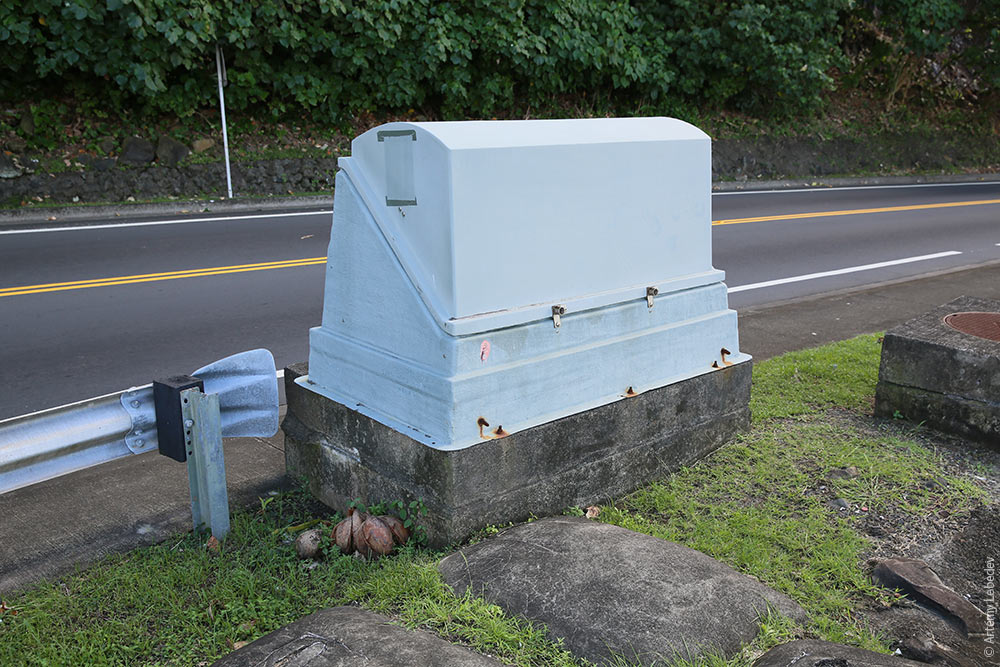 They look particularly nice in the forest once they become overgrown with moss. 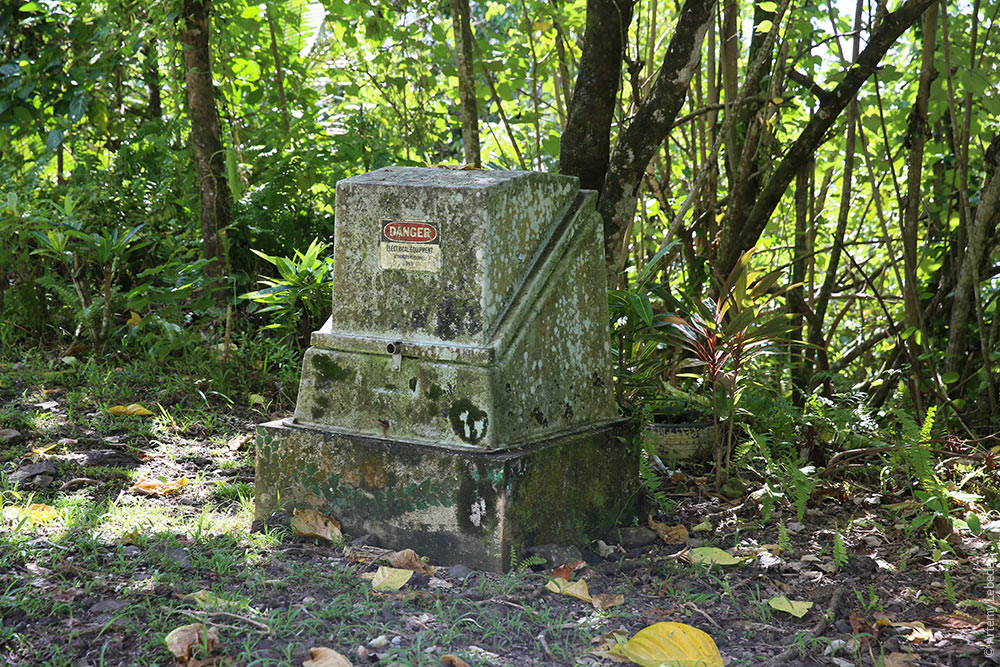 The most interesting thing in American Samoa is the buses, which consist of converted passenger cars. This is a purely local invention—neighboring Samoa doesn’t have anything like it. American Samoans take a passenger car, saw off the body, build a new body out of wood, paint it—and presto. This is the only public transportation in all of the United States and its territories where you can smoke. 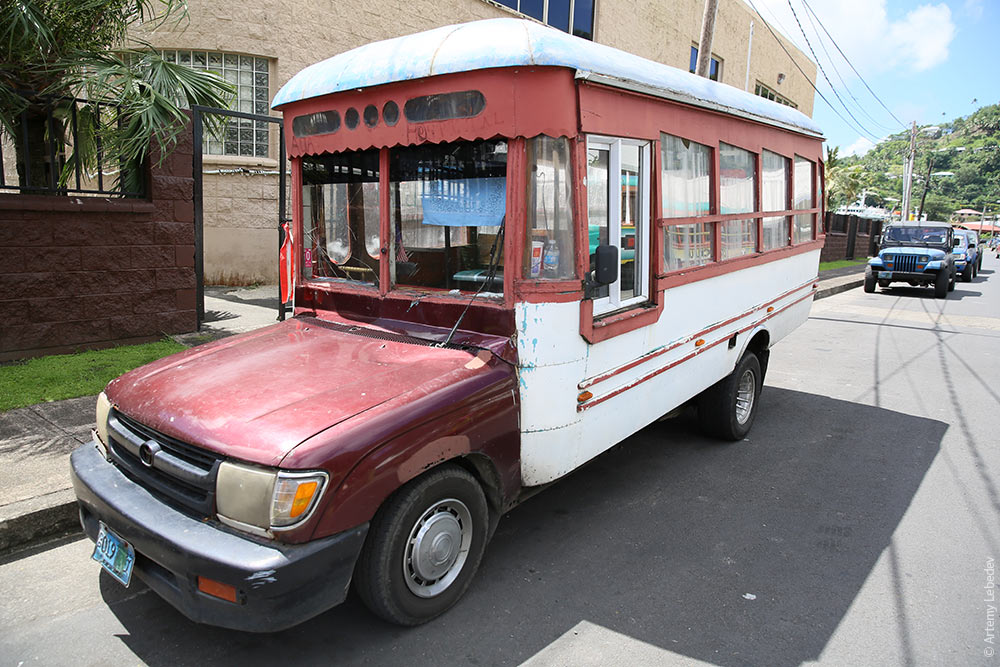 The laws of the genre allow for minibuses to be converted into buses as well. 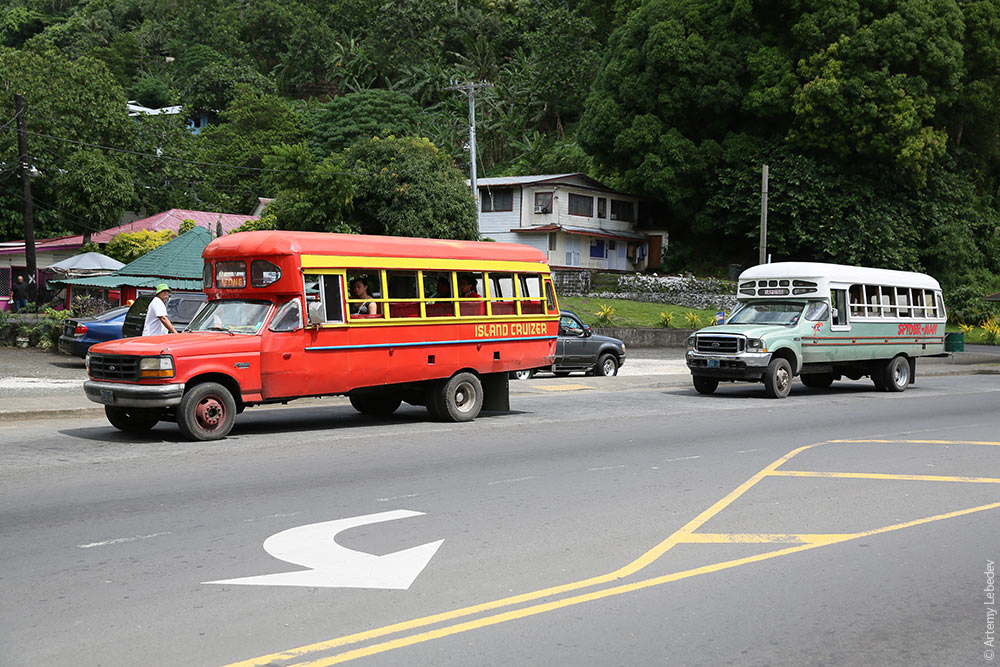 And that’s the end of our exhaustively detailed account of life in American Samoa. 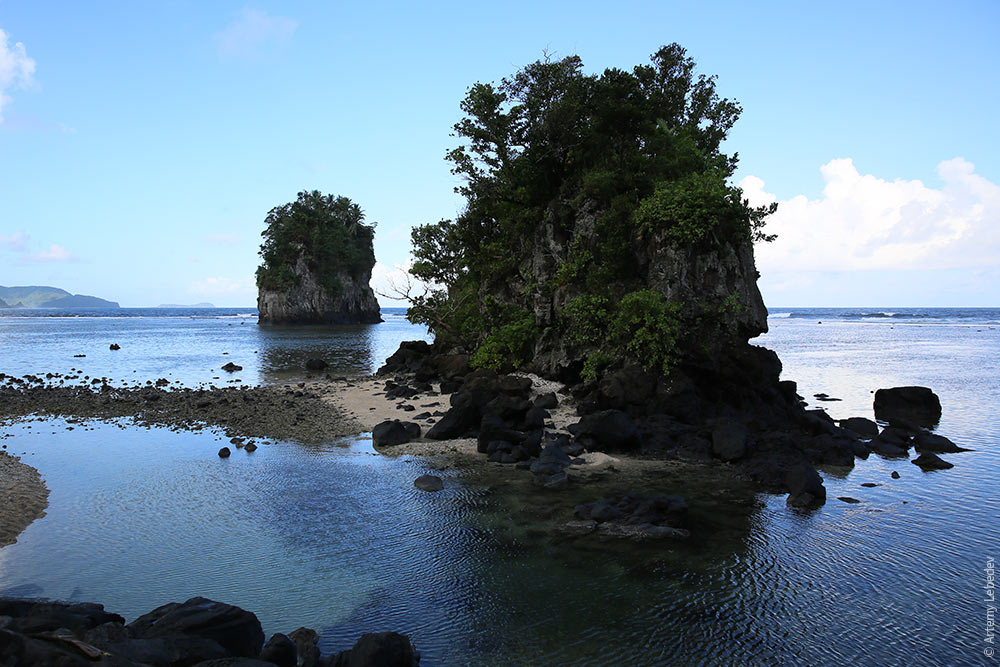 * * * We leave the hospitable port and set sail for the open ocean. 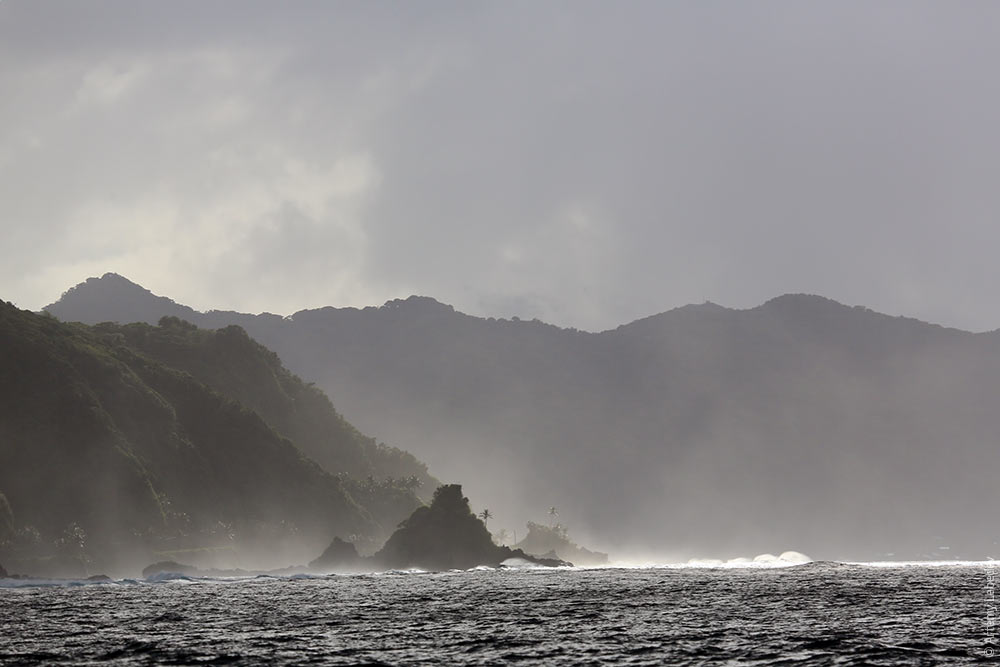 Papaya with fresh-squeezed lemon juice makes for a pretty good snack when you’re on the yacht. 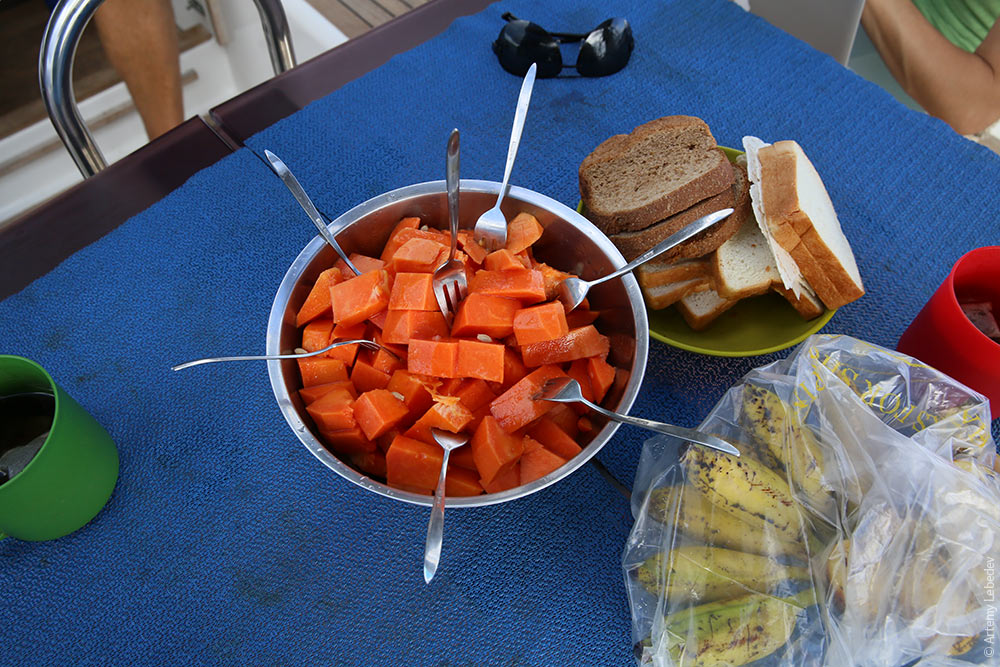 |